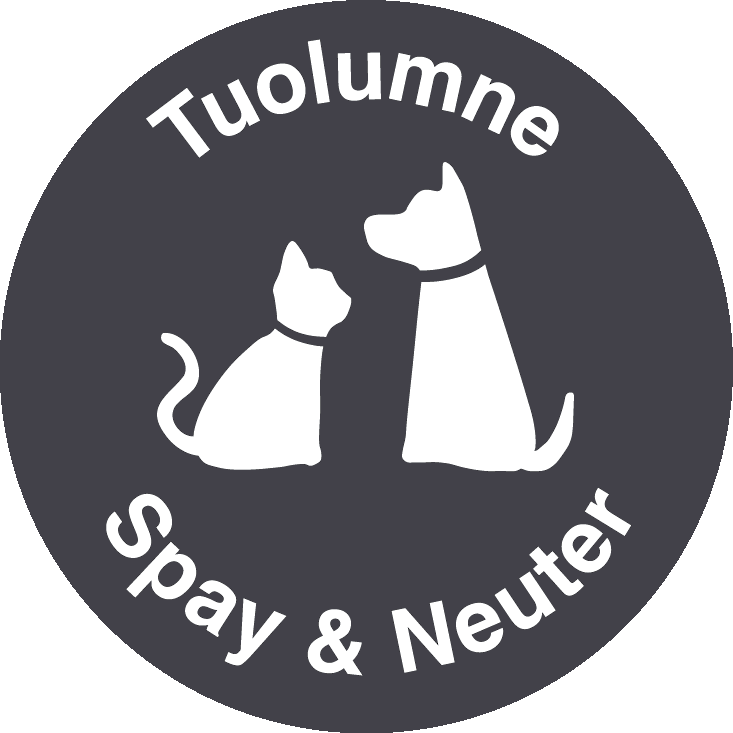We are trying to get a rough count of feral cats/colonies and their distribution throughout Tuolumne and Calaveras Counties.
This is not a waiting list, it is an estimated accounting of the feral colonies.
Every $100 donated spays or neuters one cat in one of these colonies.
Feral Cat Colony Census
We are trying to get a rough count of feral cats/colonies and their distribution throughout Tuolumne and Calaveras Counties. This information will not be made public, and we will not be sharing any details with any outside organizations. This census information will be used to accurately define the scope of the feral cat overpopulation and help us get numbers so that we can qualify for funding to help.
If you are aware of any feral cat colony in our area, please complete the form below so we can compile an accurate picture of the population.
Thank you for all you do to help the cats in our community!
